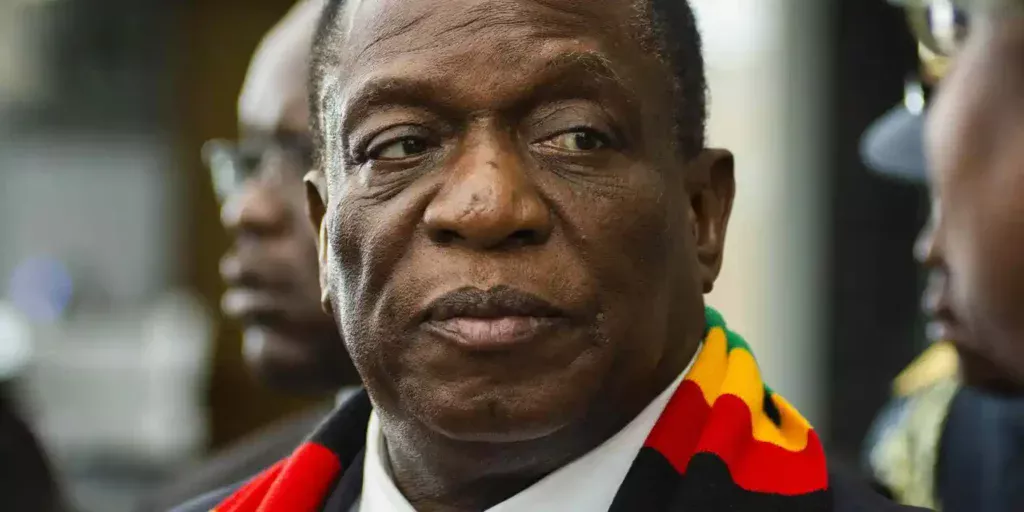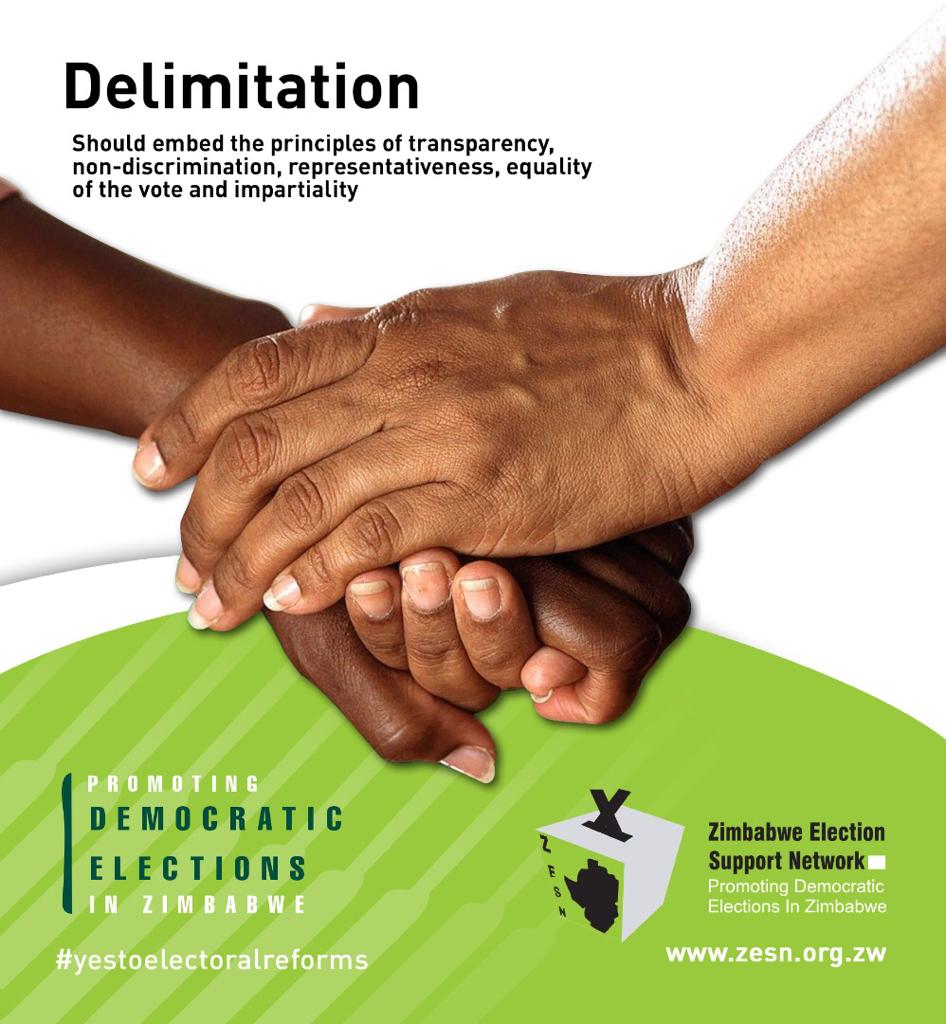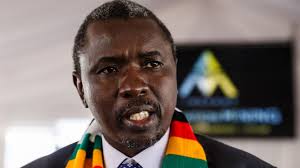Mnangagwa pledges to make a public apology for his role in the Gukurahundi genocide

President ED Mnangagwa
PRESIDENT Emmerson Mnangagwa in a closed-door meeting with chiefs on Monday at Bulawayo State House pledged to make a public apology for his role in the 1980s Gukurahundi genocide if the traditional leaders feel it is important for him to do so, The NewsHawks reported.
The genocide, which is the most brutal state-sponsored bloodbath in Zimbabwe’s post-independence history, claimed an estimated 20 000 lives in Matabeleland and parts of the Midlands when the North Korean-trained 5 Brigade stormed the predominantly Ndebele-speaking areas.
Mnangagwa’s pledge to seek forgiveness from the families of the victims came at a time when the traditional leaders had already demanded the public apology in a 22-page document titled: Manual on Community Engagement Processes by Chiefs on the Gukuruhundi Issue.
Mnangagwa was given the manual by National Council of Chiefs president Fortune Charumbira after the closed-door meeting in which he said he is prepared to apologise for the massacres if the chiefs feel he needs to do so.

Part of the manual compiled by the chiefs reads: “It was noted that government should not start by compensating the victims but should acknowledge and apologise for what happened.
“Further, this allows the bereaved to accept pain and share the pain when upon acknowledgement. It was further expressed that an acknowledgement validates the experiences of the victim . . .”
“It was indicated that an apology was not aimed to humiliate or embarrass government. One of the stakeholders quoted Pope Francis who gave a speech in December 2018, stating:
“Our differences are not detrimental or dangerous, they are a source of richness. Forgiveness cannot be given when it has not been sought and you don’t get to apologise after you have been forgiven rather forgiveness comes after acknowledgement of wrongdoing . . .”
The climbdown by Mnangagwa and his commitment to apologise for Gukurahundi come after sustained public pressure.
Contacted for comment, presidential spokesperson George Charamba said he was not aware of the pledge made by Mnangagwa to apologise for Gukurahundi and also expressed ignorance on the manual compiled by the chiefs which contains the demand for the ruling party’s leader to seek forgiveness over the genocide.

“I was in the meeting, but I did not hear that. I am not aware of the manual that said there is need for an apology, so I cant say anything,” he said.
When told that Mnangagwa’s plea was made in the closed-door meeting, Charamba said:
“Did you say a closed-door meeting? If it was in a closed-door meeting, then what do you want me to say? Why do you think that what you are saying compels me to say anything?
“I was in the meeting, you were not in the meeting and you expect me to answer you based on your allegations?”
“I will not dictate what you will write because I am not employed at the Hawks (The NewsHawks). In any case, there is no need for me to give you a comment because you have never asked for it before.”
During Gukurahundi, Mnangagwa was State Security minister in charge of the Central Intelligence Organisation (CIO) which coordinated the civillian killings perpetrated by the marauding soldiers.
In 1998, the then president Robert Mugabe came close to apologising for the massacres when he termed the period of the genocide “a moment of madness”.
Mugabe was in denial for years over the massacres, and died without apologising.
In one of his last interviews after the 2017 coup that toppled him, Mugabe directly blamed Mnangagwa for the Gukurahundi genocide, saying his former intelligence minister had gone beyond his mandate by leading the military in butchering defenceless civilians in Matabeleland and the Midlands.
In the same interview, Mugabe said Mnangagwa worked with David Stannard, a top operative of the CIO in the 1980s, to commit the genocide.
“. . . You know he (Emmerson Mnangagwa or ED) was the minister of intelligence, he’s the one with Stannard, the two of them, who led that (arms caches findings) and who even led Gukurahundi. I know one of the vehicles, (then Zapu/Zpra intelligence chief ) Dabengwa’s vehicle, which they blasted, they said he’s carrying arms.”
Mugabe claimed that they deployed the 5 Brigade in Matabeleland and the Midlands because Zapu, then led by Joshua Nkomo, wanted to topple his government as his party lost to Zanu in the 1980 elections.
Kevin Woods, who operated as a senior spy agent in Matabeleland during the Gukurahundi era, singled out Mnangagwa, the late Agriculture minister Perrance Shiri who in the ’80s was a military commander and now Vice-President Constantino Chiwenga as having been behind the Gukurahundi operation.
In his book titled In the Shadow of Mugabe’s Gallows, Woods said Mnangagwa on several occasions tried to block him from giving Mugabe intelligence briefings on Gukurahundi but somehow he did.
Part of Woods’ book reads: “I was in Lupane in February 1983 during the curfew when reports of a large massacre reached the CIO office there. I went and had a look, together with my Lupane team, and just to the north of Lupane and among the gutted and smoking ruins of the thatched huts of a large village, like something out of Apocalypse Now or Dante’s Inferno, lay scores of dead and wounded people who had just been shot by 5th Brigade. Most of us have seen this in Vietnam films, for instance, but this was very real, and not a movie.”
“In my report I told the plain truth, that the 5th Brigade was responsible, while at the same time, and referring to the same incident, Mugabe’s ministers were denying it and blaming the dissidents, but at the same time refusing any independent observers into the curfew area to establish just what had happened. By refusing such an investigation, the government proved it had something to hide.”
Woods was latter victimised.
He was accused of committing politically motivated offences against the ANC in Zimbabwe on behalf of South Africa’s apartheid regime and sentenced to death.
The title of his book chronicled the five years of his detention in which he was held in the “shadow of Mugabe’s gallows,” cut off from the world, naked and in solitary confinement.
A video produced by Associated Press (AP) shows Mnangagwa during Gukurahundi in April 1983 disembarking from a military helicopter in a blue T-shirt carrying a sceptre, at a Matabelelenad North rally where he personally paraded alleged dissidents before they disappeared amid reports that they succumbed to extrajudicial killings.
The rally happened three months after the 5 Brigade had been deployed in Tsholotsho.
The gesture to resolve the Gukurahundi genocide by Mnangagwa by going as far as promising to apologise less than a year to the next general elections is similar to what he did ahead of the 2018 polls, but he abandoned the overtures after controversially winning the disputed plebiscite.
The developments therefore give an indication that the country’s leader only cares about the emotive matter during election season when he is desperate to harvest votes.
Recently, former speaker of Parliament Lovemore Moyo told The NewsHawks that Mnangagwa is never sincere about Gukurahundi as he does not fulfil his promises.







